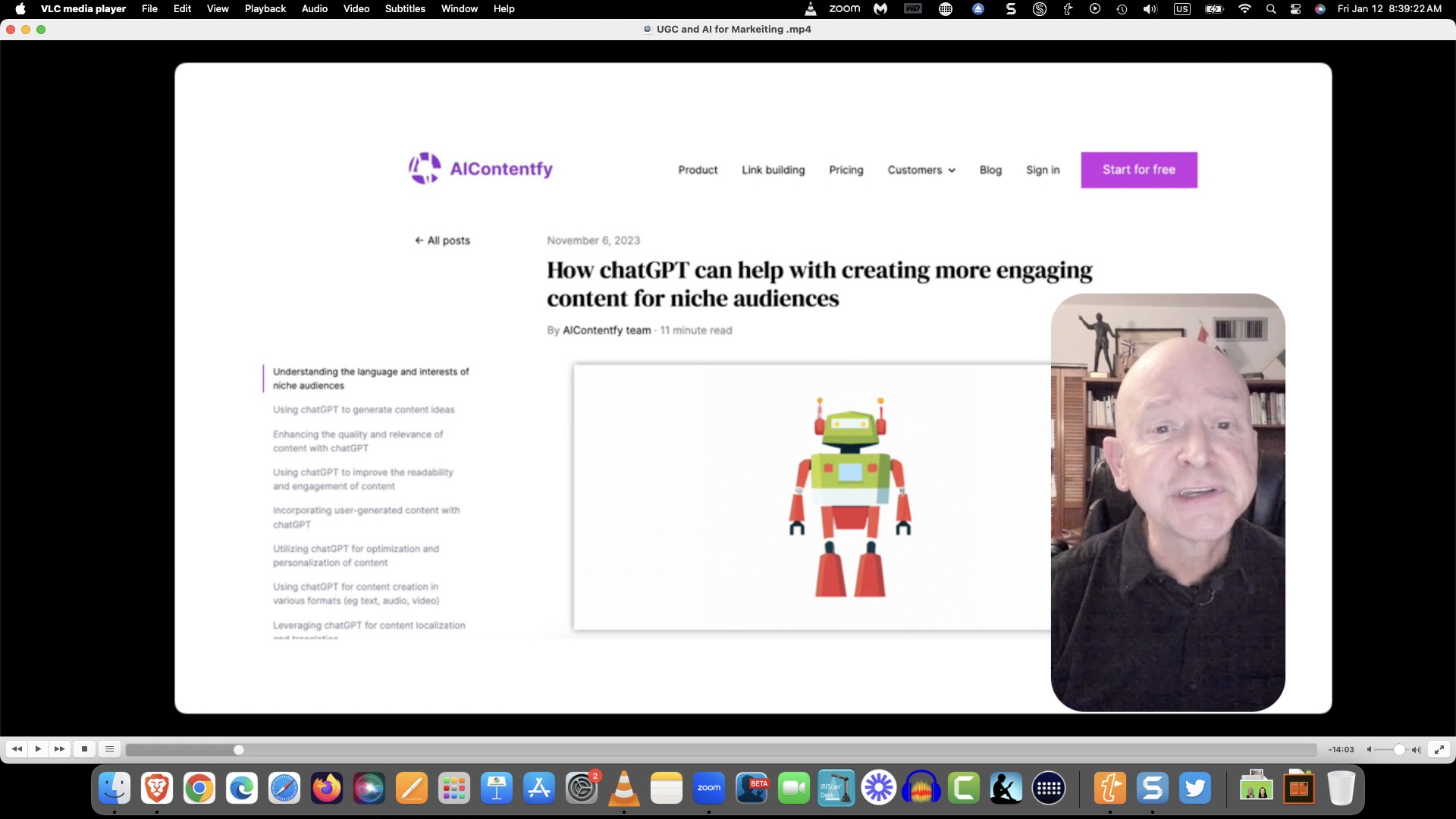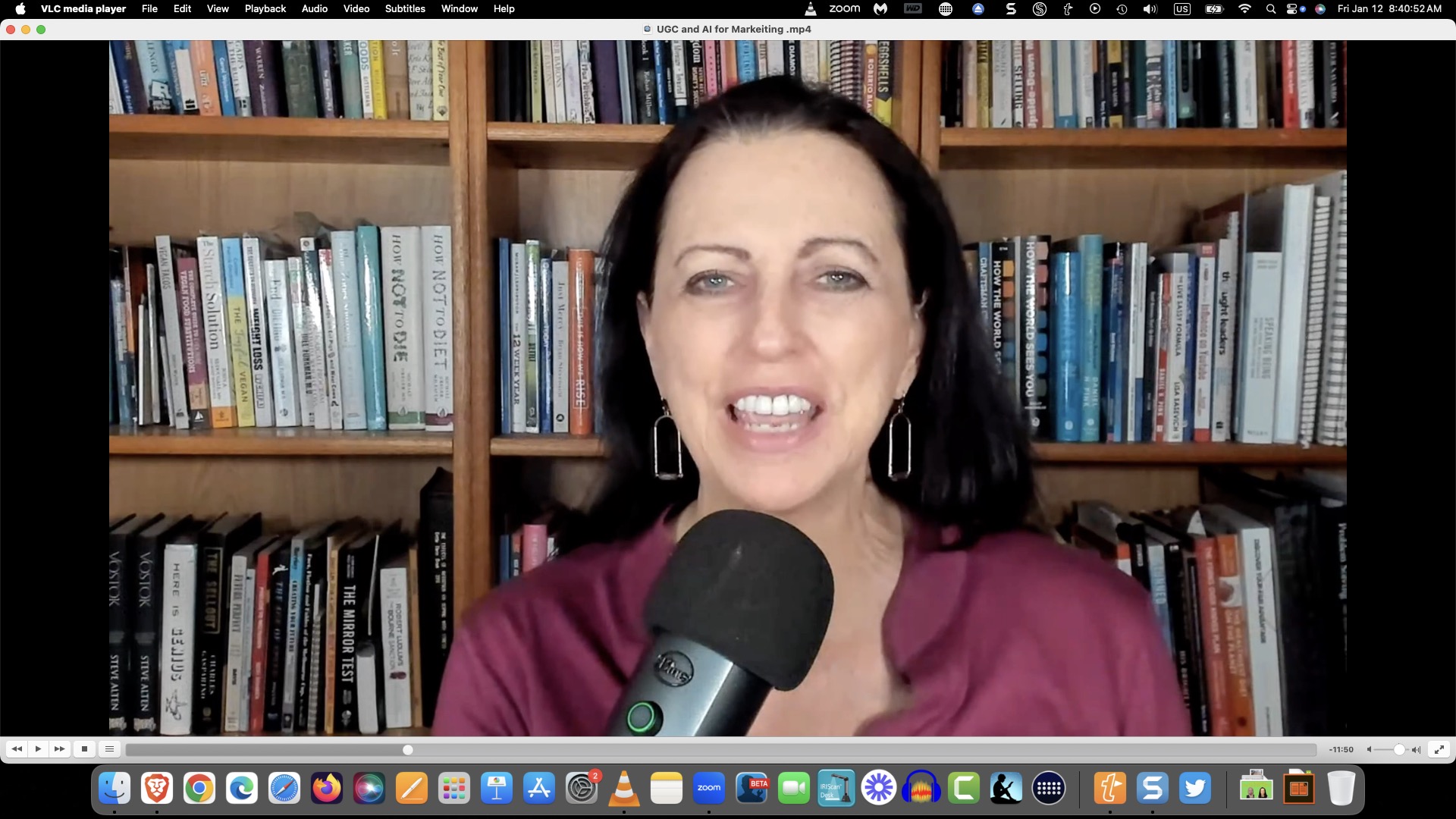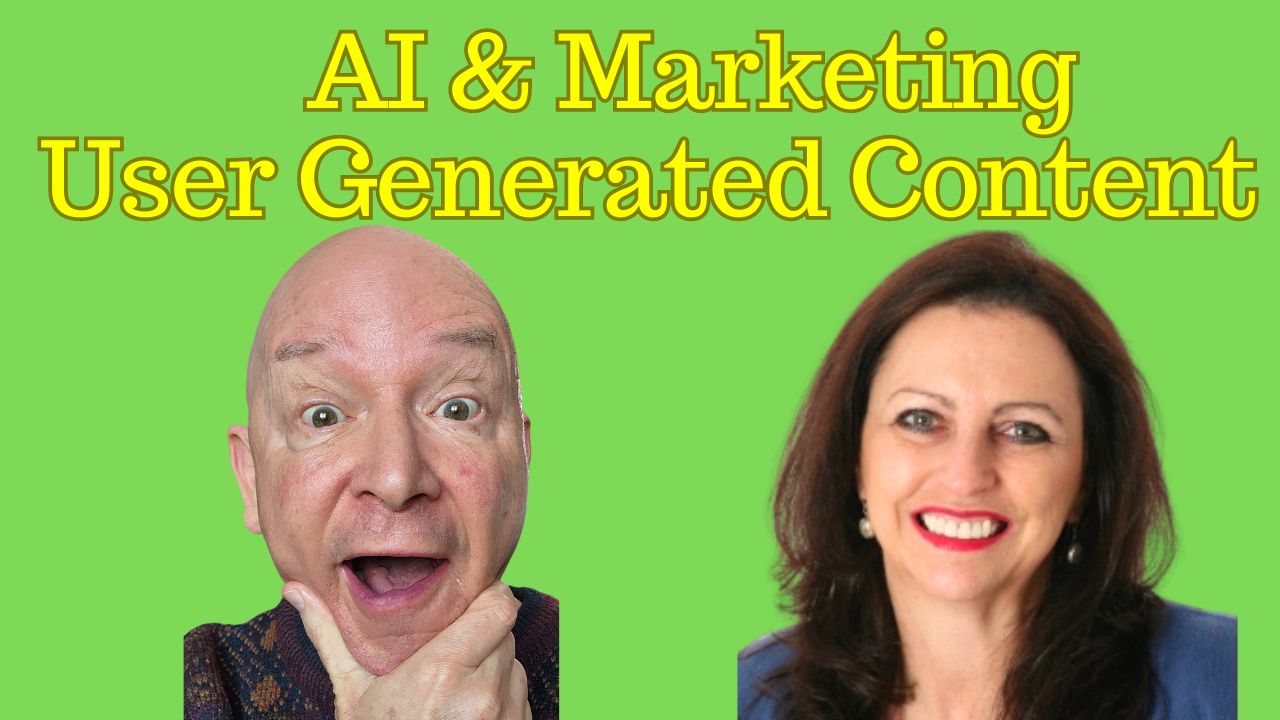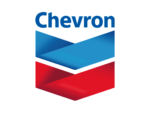In this episode, about UGC and AI for Marketing, you get to discover the power of user generated content (UGC) and the role of artificial intelligence (AI.
It is amazing!
We’ll explore real-life examples from Apple, Lowe’s Hotels, and T-Mobile. They have used UGC to generate solid results and we’ll show you how you can take what they have done and use the principles in your business. . See how UGC campaigns can boost customer trust, provide valuable insights, and create engaging marketing content.
Join us as we unpack the synergy between UGC and AI, and uncover how businesses, no matter their industry, can harness these principles to elevate customer engagement and loyalty.
Plus, we’ll explore the potential of AI tools such as ChatGPT and Perplexity for generating user-centric marketing campaigns.
Don’t miss out as we showcase practical strategies for implementing UGC and AI in your own business.
Here’s Your Video Link:
Listen to this & other episodes on our podcast
https://bit.ly/sre_podcast
For those of us who speak Spanish, for your convenience, here’s a summary of this in Spanish.
En este episodio de Stark Raving Entrepreneurs, Gina Carr y Terry Brock discuten el poder del contenido generado por usuarios (UGC) y cómo se puede potenciar utilizando inteligencia artificial (AI) para el marketing. Comparten ejemplos de marcas como Apple, Loews Hotels y T-Mobile que han utilizado UGC para generar contenido auténtico y fomentar la lealtad de los clientes. Discuten cómo herramientas de AI como chat GPT y Perplexity pueden ayudar a comprender los intereses de la audiencia y generar ideas para el contenido generado por usuarios. También destacan la importancia del UGC para construir confianza con los consumidores. Además, ofrecen consejos para cómo las empresas de servicios profesionales pueden implementar estrategias similares. En resumen, el episodio explora cómo el UGC impulsado por la AI puede beneficiar a las empresas al tiempo que fortalece las relaciones con los clientes.
ABOUT
We’re Stark Raving Entrepreneurs. We help you with the lifestyle of “Live and Let Live.” Do whatever you want, but don’t hurt others and don’t take their stuff. We embrace what is called the “Non-Aggression Principle” (NAP).
For your convenience here are some time stamps of note-worthy content for this episode:

2. [00:01:41] Terry Brock discusses how AI tools like ChatGPT can analyze and understand the language and interests of niche audiences to generate ideas and prompts for UGC.
3. [00:02:21] Terry Brock shares the Apple “shot on iPhone” campaign as an example of using UGC to demonstrate product capability and foster loyalty.

5. [00:06:27] Terry Brock discusses the Loews Hotels’ UGC campaign, showcasing guest experiences and emphasizing the brand’s commitment to hospitality and personal touch.

7. [00:11:00] Gina Carr recommends using AI tools to generate UGC campaign ideas and evaluate the pros, cons, and risks involved before implementing them in a service business.
These timestamps highlight key insights into UGC and AI for marketing discussed in the episode.
Spanish Language Summary
En este episodio de Stark Raving Entrepreneurs, Gina Carr y Terry Brock discuten el poder del contenido generado por usuarios (UGC) y cómo se puede potenciar utilizando inteligencia artificial (AI) para el marketing. Comparten ejemplos de marcas como Apple, Loews Hotels y T-Mobile que han utilizado UGC para generar contenido auténtico y fomentar la lealtad de los clientes. Discuten cómo herramientas de AI como chat GPT y Perplexity pueden ayudar a comprender los intereses de la audiencia y generar ideas para el contenido generado por usuarios. También destacan la importancia del UGC para construir confianza con los consumidores. Además, ofrecen consejos para cómo las empresas de servicios profesionales pueden implementar estrategias similares. En resumen, el episodio explora cómo el UGC impulsado por la AI puede beneficiar a las empresas al tiempo que fortalece las relaciones con los clientes.
For your convenience, here is the (unedited) transcript
Terry Brock [00:00:00]:
AI has a lot of power for companies, and by using user generated content, UGC, you’re able to do a lot of opportunities there. You’re able to do a lot of, promotion and marketing that can really help you get ahead. We’re gonna talk about that today, and I’m joined by the lovely and charming Gina Carr about that. Gina, what is this UGC, user generated content?
Gina Carr [00:00:22]:
Well, user generated content is where A company or organization, even a nonprofit, gets the customers, their clients, or patients to talk about the product or service that’s offered. And so it can be done in a variety of different ways. I’m very excited about the different brands that we’re gonna be showing you in the examples today because I think it will help You think of how you can use this in your own business because we all know that if the company tells you we’re great, our our product is really wonderful, That’s one thing, but it’s so much more credible when it’s coming from your actual clients, from the people who are spending the money to do business with you or to donate to you. So this is a very exciting concept and, really eager to share it with our folks.
Terry Brock [00:01:09]:
Absolutely. There’s a lot of good stuff there. And what we wanna do is we wanna share with you an article that we saw that’s really helpful here. This was in a great little publication I hadn’t seen before called AI Contentify. I like that. This article is entitled, how g t chat g p t, and that’s the tool that we all know about, can help with creating more engaging content for niche audiences. Really powerful little article that would be good that you, want to take a look at, see what’s available, and how you can use that. They made some very good points here.
Terry Brock [00:01:41]:
By using chat g p t, you can analyze and understand the language and interest of your niche audience, and use that information to generate ideas and prompts for user generated content. This is really powerful. We’re seeing. Apple did this in a way in a way that I think is pretty powerful. What they did is they had a program called the I the shot on iPhone campaign, which showcase user taken photos, highlighting the camera quality of iPhones. They’re really good. This campaign not only provided authentic content, but it also served as a powerful testament to product capability. So they’re getting double wins on this all the way through.
Terry Brock [00:02:21]:
What they did is they had people show pictures like this. Here are the pictures that people took on their iPhone to say, hey, look what I did. And that really engendered a lot of loyalty, even more loyalty because people say, hey, how did you do that? What filter filters did you use? What settings did you use? Etcetera. They got to know their iPhones more, fell in love more with their iPhone, and hey, that’s really good for Apple. Good thing to do, and you need to think about how you can do that in your own company. See, what AI can do is it can analyze the shot on, shot on iPhone submissions to understand how customers are using their camera features, aiding in product development end in marketing. That gives a double benefit to the people at Apple, and I can see this can be used in a number of different places. You know what would be some areas where you would see this kind of technique would be used and the benefit to companies?
Gina Carr [00:03:16]:
Well, I see that it could be used by any number of organizations. And what I really love about it is that they’ve Folks are out there taking their photos anyway. And so by running a campaign like this, it encourages people to Use the hashtag, which is so very simple to do. So they’re doing the photo. There’s take using the hashtag, and then the company, in this case, Apple, Can easily search for that hashtag and re repost those same photos that were being that were being used. And with that comes comments. And people are generally gonna well, most everybody’s going to, their photos are gonna be seen a lot more on, if when Apple posts, repost, than when they post themselves. And the folks, Apple in the comments gonna be able to see People who said, oh, I didn’t know you could take a photo like that, or what kind of filter did you use, or what kind of setting did you use? As well, they’ll see people who say, well, I tried iPhone for that, and I didn’t like it.
Gina Carr [00:04:20]:
So I think what part of the value is they’re going to see negative responses, which will really help them to address their client concerns and craft a whole Much stronger marketing campaign for their products. Yeah.
Terry Brock [00:04:36]:
I think all the way around. The user generated content is what we’re talking about, and powering that with AI like with chat gpt, because you’re gonna be able to get the kind of response that you want. You’re getting market research. You’re finding out what people are really looking for and what kinds of tools they’re using, what challenges they have, what they like, what they don’t like, and how you can address that. Plus, you’re getting a huge boosted marketing. People might look at it and go, hey, I couldn’t do that. I didn’t know you could do that with my iPhone, and so now they’ll start doing. I think, Gina, it’s just a a win all the way around for everyone on that.
Terry Brock [00:05:09]:
And there’s another example that use the same kind of user generated creative content, and that’s with Loews Hotels. They had a hashtag welcoming you like family campaign that showcased guest experiences, emphasizing the brand’s commitment to hospitality and personal touch, really important, leading to increased customer trust and bookings. That’s really good, what they want to do. And so what they did is they let people take pictures of their experiences at Lowe’s Hotels where they were around the world, having fun with family, with friends, and getting a chance to just experience life, so that it created a real bonding between Lowe’s and their customers. People who stay at hotels a lot like we do, because as speakers, we do that a lot, get around. You see what they did is they now can also analyze the guest reviews and the photos and understand guest preferences experiences aiding in service improvement and in targeted marketing. So it wins all the way around for everyone else, and I think this is the kind of thing that you’re getting more good marketing, you’re getting good feedback on what customers want, so it’s great research. Gina, I’m thinking this is another win for AI, like chat g p t, Perplexity, tools like that Claude, that can then do that kind of analysis and bring it in.
Terry Brock [00:06:27]:
What are your thoughts?
Gina Carr [00:06:30]:
Well, I think this is a great example of how it can be used in in a service business. So if you’re a service business, you’re saying, oh, I don’t know how I could do this. Well, here’s a great example for that. Previously, we looked at a product business with Apple. But now with Lowe’s, I I looked, opened up some of those photos earlier and saw some of the captions. And the captions were talking about how they loved this specific hotel, what they liked about it, things that the staff did to make them feel welcome. And so it really does provide amazing feedback for the individual hotel, the individual at the hotel, as well as for the organization To once again, let’s address those specific marketing concerns. Let’s address those specific client concerns of what they’re looking for, and we and it just gives you a much more powerful ability to do that than just a few folks sitting around at a table saying, well, I think this and I think that.
Terry Brock [00:07:26]:
Yeah. Again, I go back to the multiple benefits from doing the user generated content campaign. Doing that. You’re getting feedback, you’re getting customers, the guests at the hotel that are now more enthusiastic all the time, and you’re finding out what’s working. And if there’s something that isn’t working, maybe there’s an area that they need to pay attention to. Hey, there’s a a hole in the wall over here, or there’s something they didn’t like about this, or this entrance wasn’t good, whatever. People would be able to let them know about that as well, which is good feedback then for that property. You go, oh, oh, and we can get right now, and it builds a loyalty.
Terry Brock [00:07:59]:
Now they feel even more inclined to want to go to Lowe’s versus some of the other guys. So I see it as just a win all the way around, and you can do some really good things with it. But there’s another one that’s just a little bit cheeky, just a little bit sneaky, and what t mobile did was really interesting. It’s kinda cheeky a little bit, and they got in there, and they did something to kind of poke a little bit gently in the ribs of their competitors, and also to engender more good feeling with their customers that are there. This is what they had. They had the breakup letters. A campaign involved customers sharing their switch from other networks to T Mobile, highlighting customer satisfaction and T Mobile’s superior service. So what they did is they put together something like this and said, for those who recently switched carriers or who plan on breaking up with your current wireless provider, T Mobile has made it easy to print out your or share the breakup letter across your social networks.
Terry Brock [00:08:54]:
The only thing you’ll need to do, select the wording like you’d like the letter to contain, and then sign your name. Beautiful and really good. And think of the value, the multiple benefits they’re gonna get from that, including kinda poking the competition there in the ribs a little bit. What they did is now they can use that AI to analyze the breakup letters to understand why customers are switching to T Mobile, providing insights or service for service improvements, and their targeted marketing. All of that gives a lot of capability for people who are using T Mobile and for the people at T Mobile that they can learn about it. I think that one is one that really sparkles a lot. Gina, what what are your thoughts on that? Because T Mobile is our provider, and we love them.
Gina Carr [00:09:39]:
Well, I think it’s an absolute Absolutely brilliant use of user generated content. Because to your point, not only does it highlight why the clients Loved loved the the product or loved the service, but it also made it really easy for them to say negative things about the competition. So it’s a it’s a tough world and very competitive world in our telecommunication space, in our mobile, phone delivery space, with T Mobile. Who do we have? T Mobile, Verizon, and Sprint, I guess, still. Although, I think some of them have the Sprint.
Terry Brock [00:10:14]:
The Sprint is with T Mobile now.
Gina Carr [00:10:17]:
Okay. And then there are other carriers that, I don’t even know some of the names of them right now, but This is really brilliant, and I love it. I I think it’s one of the smartest ones that we’ve seen.
Terry Brock [00:10:29]:
Okay. Gina, we’re gonna tap into that genius brain of yours now and find, k? Our viewers are probably gonna say, well I’m not T Mobile, I’m not Lowe’s, I’m not Apple, but they can use those principles and that’s the whole point of this episode that we’re sending you today here at Stark Raving Entrepreneurs, so that you can take that idea. Gina, what would be some examples how, others who say you’re in a professional service space. Maybe they’re a speaker or they might be an author, maybe a coach or a consultant. How could they do something similar to this.
Gina Carr [00:11:00]:
Well, what I recommend my clients do and what I’ve coached them through and and helped them do Is that they go into a service like ChatGPT or Perplexity, one of these text based logical AI devices. And after you’ve told it about your company and about what you do, then you ask for suggestions of a user generated campaign because this is something that it’s kind of a little hard to think about, I think I think this is a more challenging marketing opportunity than some others. And then after it’s giving you some suggestions, and typically, I would say, you know, give me 10 10 ideas. And then from those 10, I would pull and say, well, tell me more about these 3. How would that actually work? And then what would be What would be some pros and cons? What would be some risk of doing a campaign like this? So using the amazing power of AI, we can get all that information. We can think of the it will think of things that we would never even think about that might happen and that you’d wanna be aware of. And so I I love using AI to make my life easier, to make our clients’ lives easier, To be able to do things faster, cheaper, better than before. And so that’s what I would do in terms of getting the information and then, laying out the campaign.
Terry Brock [00:12:26]:
I agree. I think there’s some real possibilities. And so dear viewer and listener, we want you to think about this. How would you be able to use use those principles to be able to get your customers involved, your clients, those wonderful people who pay the bills, have them help out on that, and then share that with us because we would love to hear from you. Drop us a note here at Starke Raving Entrepreneurs, multiple locations. We’d love to hear from you, and also get some feedback. Be sure and, make sure that you like, share, and subscribe to this because that will help the networks, those wacky algorithms, to say, okay, hey, people like this idea of live and let live, being able to use user generated content in ways like that, in some profound ways. This is something you can use without a whole lot of great expense.
Terry Brock [00:13:10]:
You get customers excited more than ever, and this is one of the major trends we’re seeing today. So focus on that as we look at live and let live. That’s what we’re all about here. The idea of you doing what you want to do. Don’t harm others and don’t take their stuff. We call it the non aggression principle, n a p, where you do what you want to do, as long as it’s peaceful, that’s alright with us. Well, hey, think about what you can do. We want to give you a little something here that can help out.
Terry Brock [00:13:35]:
We’ve got a tools for business that can, toolkit that can help you with some really good AI tools. You’ll go over to aitools forbiz.com. No cost at all. You just sign up for that. You’ll get a real extensive capability of training showing you some programs that are out there that can help you to get ahead and use those in your business. And matter of fact, those of you that are catching this on video, here’s a QR code you can use. I know you got your cellphone there with you, so you can use that and bounce over there real quick and get those goodies and start learning how to use those in a profound way. So we’ve got some good things coming up.
Terry Brock [00:14:13]:
Gina, before we say goodbye to all the folks, any final words on the user generated content and using AI?
Gina Carr [00:14:21]:
Well, I think the absolute key to user generated user generated content is that it’s going to Help you build trust. Yeah. Because consumers have so many options these days. They don’t know who to trust. There are a lot there’s A lot to choose from and the when they can hear from someone that sort of looks like them or thinks like them or talks like them or is interested in the same priorities. And they hear that from the customer point of view, they’re gonna be much more likely to trust you and to bring their business to you. So this is the absolute key to user generated content.
Terry Brock [00:15:00]:
Absolutely. Very good words of wisdom, and, we appreciate you, dear viewer, dear listener, however you’re getting this. Thanks for joining us today, and we will look forward to seeing you. A matter of fact, we’ve got 2 other really good videos we’ve carefully selected for you to see. This time, we’re doing 2, the 1st time we’ve done this, and you get a chance. So you click on that, you can see those next, and we look forward to seeing you in our next episode.















